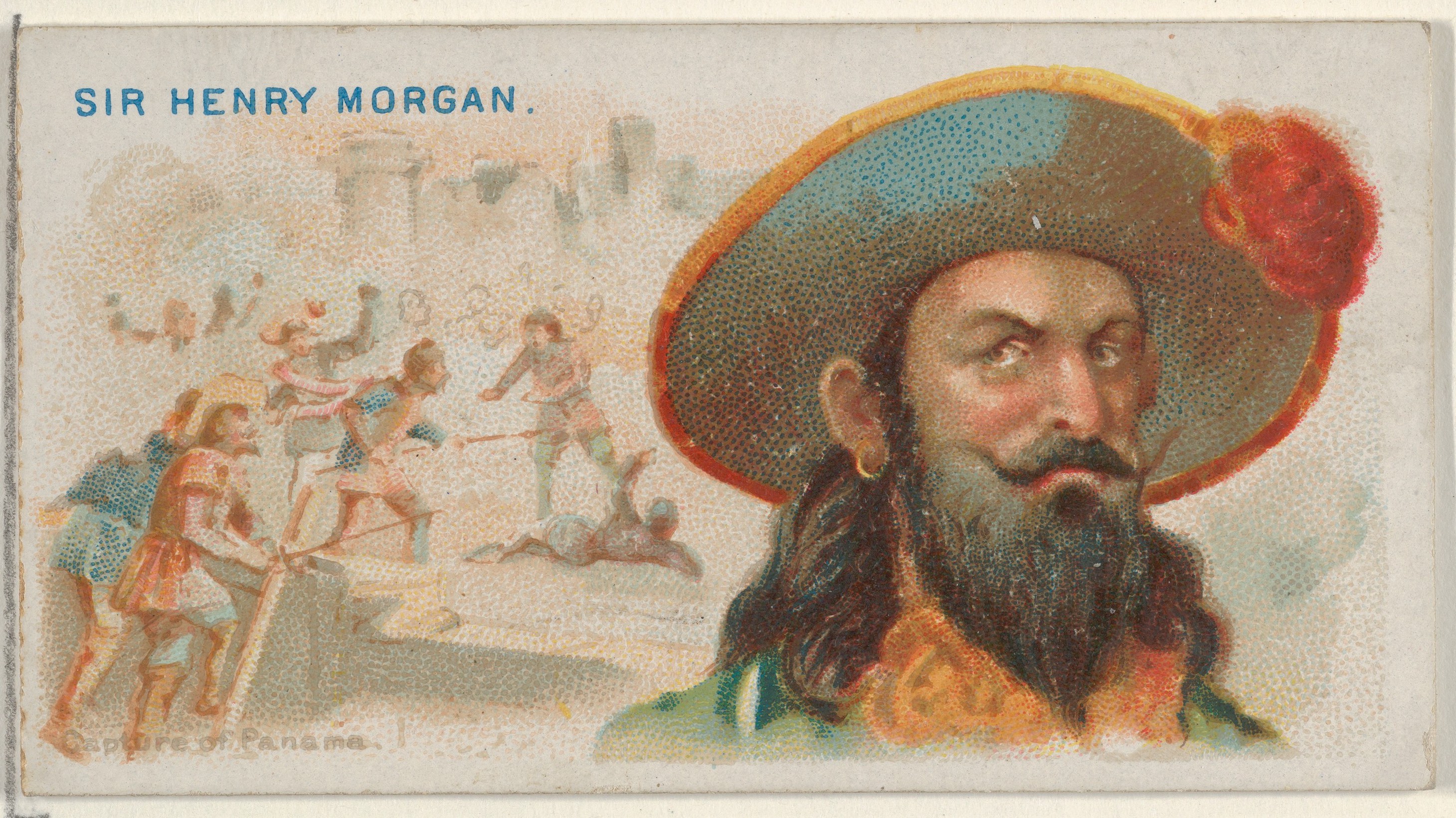This may be a true story.
Certainly, the Church of San Jose remains standing in the Casco Viejo district of Panama City. And its ornate, supremely baroque altar, including a tabernacle, reredos and gradines, all made of pure gold, remains breathtakingly gorgeous.
The Spanish settlement of Panama City was erected in 1519. Before long, the settlement’s original location was found to be indefensible and abandoned. The settlers re-established Panama City in its present location on the isthmus linking the American continents. A church was built soon after.
Panama City became the hub for shipments of gold and other riches from Peru and other colonies in South America. From there, treasure was taken overland to the Caribbean coast, thence to Havana, and eventually shipped to Spain.
Due to the devotion of the settlers and the wealth accumulating through their labor, the townsfolk employed talented artists to create a unique altar in the Church of San Jose, crafted from pure gold, to tabernacle Our Lord in the Blessed Sacrament, and honor him in the Holy Sacrifice of the Mass.
By the year 1671, this fabulous altar was known throughout the Caribbean, its existence eventually reaching the ears of the notorious English privateer, Sir Henry Morgan. With thoughts of making off with the gold altar fueling his avarice, Morgan and his crew sailed for Panama City.
Sir Henry had little regard for the Catholic faith. In 1668, at the siege of Portobello some 20 miles north of Colon, Morgan attacked the Spanish garrison. Pressing monks and nuns into constructing and placing scaling ladders against the town walls, the holy men and women fell, taking the brunt of the defenders’ rage.
Only then did Morgan’s men climb the ladders and take the city. With the inhabitants at their mercy, the buccaneers launched an orgy of looting and debauchery.
News of Sir Henry’s approach on Panama City came to San Jose’s pastor as the inhabitants did their best to hide their valuables. Most anxious to protect the Holy Eucharist and knowing he could not depend on the poorly trained troops quartered there, the pastor resorted to prayer and a desperate strategy to preserve the altar and the Blessed Sacrament.
Invoking the heavenly assistance of San Jose, carpenter of Nazareth and foster-father of Jesus, the priest gathered neighboring monks to quickly nail boards and wooden molding around the altar to mask it. Painting the whole thing black with silver trim, they dressed the sham altar with cloths and flowers as usual. Dreading Morgan’s imminent arrival, they continued in fervent prayer.
The pirates landed and began sacking Panama City. When Morgan and his men threw open the church doors, its pastor was there to meet them. Commanded to take them to the high altar, the priest calmly pointed to it, opening the gate of the chancel rail to allow the pirates into the sanctuary for closer inspection. The priest even tore off a piece of molding to prove that the altar was made of wood. Only then were the buccaneers convinced that the altar was not solid gold.
Morgan, suspecting knavery, demanded to know the whereabouts of “the other altar.” The priest shrugged and again pointed to the wooden monstrosity. Without lying, he allowed Sir Henry to convince himself that another pirate had stolen the prize some time before.
So convincing was the priest’s sense of loss, Morgan was persuaded to donate money to a fund to replace the altar, while making another offering for the poor.
Sir Henry made to leave. At the door, thoroughly flummoxed, he is said to have paused, telling the priest, “I know not how it may be, good Father, but methinks you are more pirate than I.”
Sean M. Wright is an Emmy-nominated television writer and novelist. He is also a Master Catechist for the Archdiocese of Los Angeles and a member of the RCIA team at his parish, Our Lady of Perpetual Help in Santa Clarita. He replies to comments sent him at Locksley69@aol.com.










